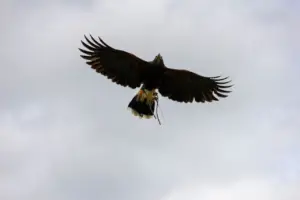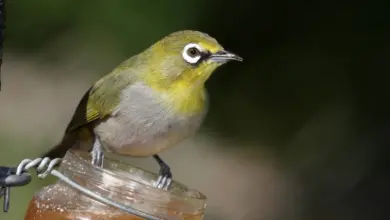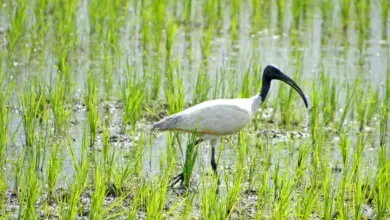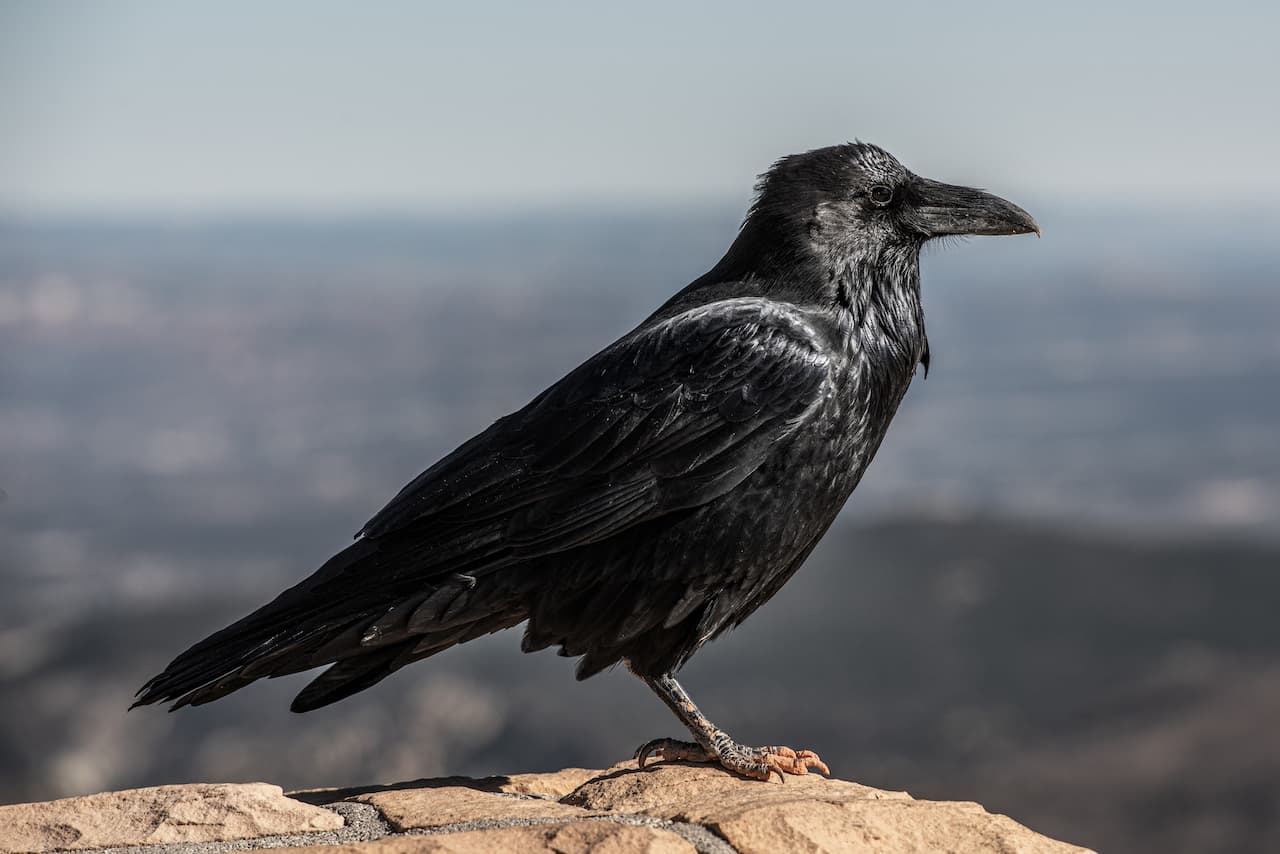Sanford’s Sea-eagle
Sanford’s Sea-eagle, known as Sanford’s Fish-eagle or Solomon Eagle (Haliaeetus sanfordi)
The Sanford’s Sea-eagles (Haliaeetus sanfordi), sometimes listed as Sanford’s Fish-eagle or Solomon Eagle, is a sea-eagle endemic to the Solomon Islands. The “sea-eagle” name is to be preferred, to distinguish the species of Haliaeetus from the closely related Ichthyophaga true fish eagles.
It forms a superspecies with the White-bellied Sea-eagle. As in other sea-eagle species pairs, the other taxon is white-headed. These two are genetically very close, it seems; their lineages separated not longer ago than 1 mya, probably only in the Middle Pleistocene, a few 100,000 years ago (Wink et al., 1996). Both share a dark bill, talons, and eyes with the other Gondwanan sea-eagles.
This eagle is often illustrated on postage stamps of the Solomon Islands.
Sanford’s Sea-eagle Description

The Sanford’s Sea-eagles was discovered by and named after Dr. Leonard C. Sanford, a trustee for the American Museum of Natural History. The first description was by Ernst Mayr in 1935. It can reach a length between 70 and 90 cm and a weight between 2.3 and 2.7 kg. The wingspan is between 165 and 185 cm. It is the only large predator on the Solomon Islands. The eagles inhabits coastal forests and lakes up to an altitude of about 1500 m asl.
The plumage is whitish brown to bright brown on the head and the neck. The underparts are brown to reddish brown and dark brown. The upperparts are darkish brown to gray-black. The eyes are bright brown. Uniquely among sea-eagles, this species has an entirely dark tail throughout its life.
Sanford’s Sea-eagle Breeding / Nesting
The breeding season is from August to October. The nest consists of two eggs.
Sanford’s Sea-eagle Diet / Feeding
The diet consists of mainly of tideline carrion, fish, mollusks, crabs, tortoises, and sea snakes, and more rarely birds and fruit-bats snatched from the rain-forest canopy. It has also been reported to feed opportunistically on the Northern Common Cuscus.





